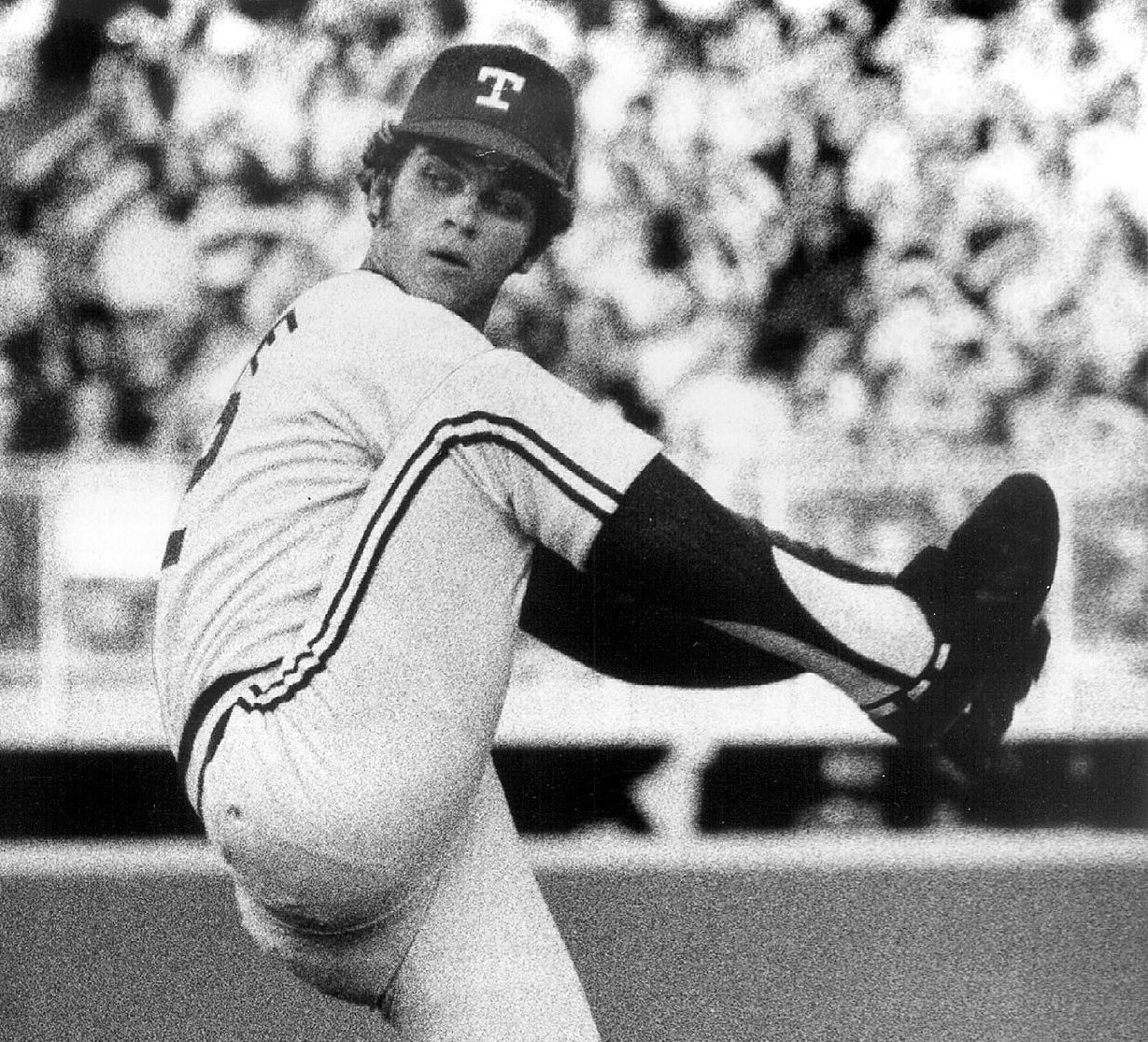Not Everyone Is Singing the Praises of Baseball’s New Collective Bargaining Agreement

To hear officials from both sides tell it, Major League Baseball (MLB) and the union representing its players, the Major League Baseball Players Association (MLBPA), are positively giddy about the new five-year Collective Bargaining Agreement (CBA) that was agreed upon last month and ratified 29-1 by the baseball owners earlier this month.
Sure, the unprecedented streak of labor peace the game’s enjoyed since 1994 will now continue through 2021, but that doesn’t mean everyone’s singing Kumbayah at a campfire.
There are approximately 800 former players not vested in the pension plan who will tell you that things aren’t alright, that they’re being shafted and that today’s players are unappreciative, greedy mercenaries with short memories who are getting rich off the sacrifices that were made on their behalf more than four decades ago.
“When do we get our reward?” wonders Carmen Fanzone, the former utility player for the Boston Red Sox and Chicago Cubs. “Why aren’t the pre-1980 ballplayers included in the pension plan that they rightfully deserve?”
Fanzone and others, including former Texas Rangers and Cleveland Indian flamethrower David Clyde, New York Mets outfielder George “The Stork” Theodore and Houston Astros infielder Stephen Hertz, all of whom played between 1947 and 1979, aren’t receiving pensions because they didn’t accrue four years of service credit. That was what ballplayers needed in 1980 to be eligible for the pension plan.
Here’s a quick history lesson:
The player pension fund was established on April 1, 1947. You had to be on an active major league roster on that date to qualify for a pension. At that time, the rules stipulated that you only needed five years to retire. Twenty-two years later, that threshold was lowered to four years. Therefore, effective 1969, all you needed was four years to qualify for a pension.
Now to the heart of the matter: during the 1980 Memorial Day Weekend, a threatened players’ walkout was averted when the league and the union agreed that players would be eligible for health benefits after only one day of service and a pension after 43 days — roughly one-quarter of a season.
The problem? The proposal was never made retroactive.
So Clyde, who was his generation’s Stephen Strasburg, came up 37 days shy of a pension. Same with Rich Hinton, who pitched over parts of six seasons — he also had 3 3/4 years of credit. Don Dillard, the former Cleveland Indian pinch hitter supreme, was just 17 days short.
If they had attained enough service credit, the current IRS pension limitation is $210,000. But that’s certainly not what these men are getting for having played the game they love.
Nope, they’re getting the seasonal equivalent of a lump of coal in the Christmas stockings.
That’s because, in April 2011, MLB and the union announced with much fanfare that the pre-1980, non-vested ballplayers would each receive up to $10,000 in nonqualified, life annuity payments for their time in “The Show,” based on a complicated formula that had to have been calculated by an actuary.
In brief, for every quarter of service a man had accrued, he’d get $625. Four quarters (one year) totaled $2,500. Sixteen quarters (four years) amounted to the maximum, $10,000.
And that payment was before taxes were taken out.
So Theodore and Detroit Tigers relief pitcher Steve Grilli, each of whom is credited with 2 1/4 years of service, have been receiving gross checks of $5,750 for the past five years. After taxes, their take home is approximately $3,800.
Just how Scrooge like are MLB and the union? These payments stop when the player dies. Their spouses or other designated beneficiaries don’t continue to get them.
And they’re still not permitted to be part of the league’s health insurance plan either.
Makes you all warm and fuzzy, doesn’t it?
So while MLB and the union are singing the praises of their new CBA, and letting it be known that the minimum salary will rise to $555,000 by 2019, and that the owners are kicking in $200 million to fund the pension and welfare benefits of the players, or that each member of the Chicago Cubs who was voted a full post season share for winning the World Series received $369,000 this year, or that ballplayers who participate in special events in London, Asia and the Dominican Republic will each get $15,000 to $100,000, remember that men like Fanzone, Grilli and Clyde endured work stoppages so that free agency could happen for today’s players.
Today’s players have it pretty well: Kenley Jansen just re-signed with the Dodgers for $80 million over five years. His teammate Clayton Kershaw is due $32.17 million this year. As a result of the seven year, $215 million contract he signed in 2014, Kershaw will make $8,959.83 for every pitch he throws. That’s an average of $33,778.55 per batter, $130,145.33 per inning, or $931,822.32 per start, according to the Los Angeles Daily News.
Meanwhile, a guy like Grilli, who used to drive a UPS truck to make ends meet, never made more than $25,500 a season, according to Baseball Almanac.
You think we’ll see Washington Nationals Bryce Harper ever behind the wheel of a UPS truck?
No. Because in a more than $9 billion industry largely fueled by the $12.4 billion in licensing fees that Fox, TBS and ESPN are paying MLB, today’s players don’t have to worry about that. MLB and the union would also be wise to remember that this holiday season.
By the way, “Come By Here,” which is what Kumbayah actually means, was originally a simple appeal to God to come and help those in need. MLB and the union would be well served to remember that too.
-Doug Gladstone
A guest post from Douglas J. Gladstone. Doug is the author of A Bitter Cup of Coffee; How MLB & The Players Association Threw 874 Retirees A Curve (Word Association Publishers, 2010).
















